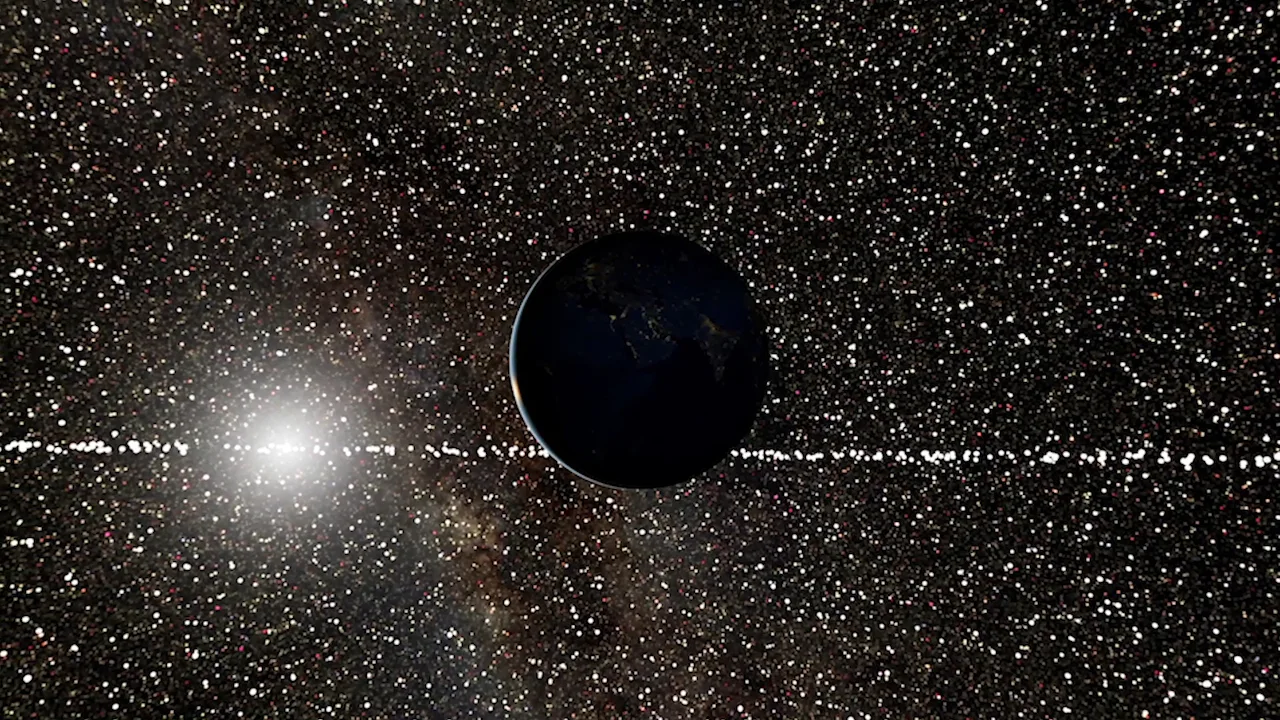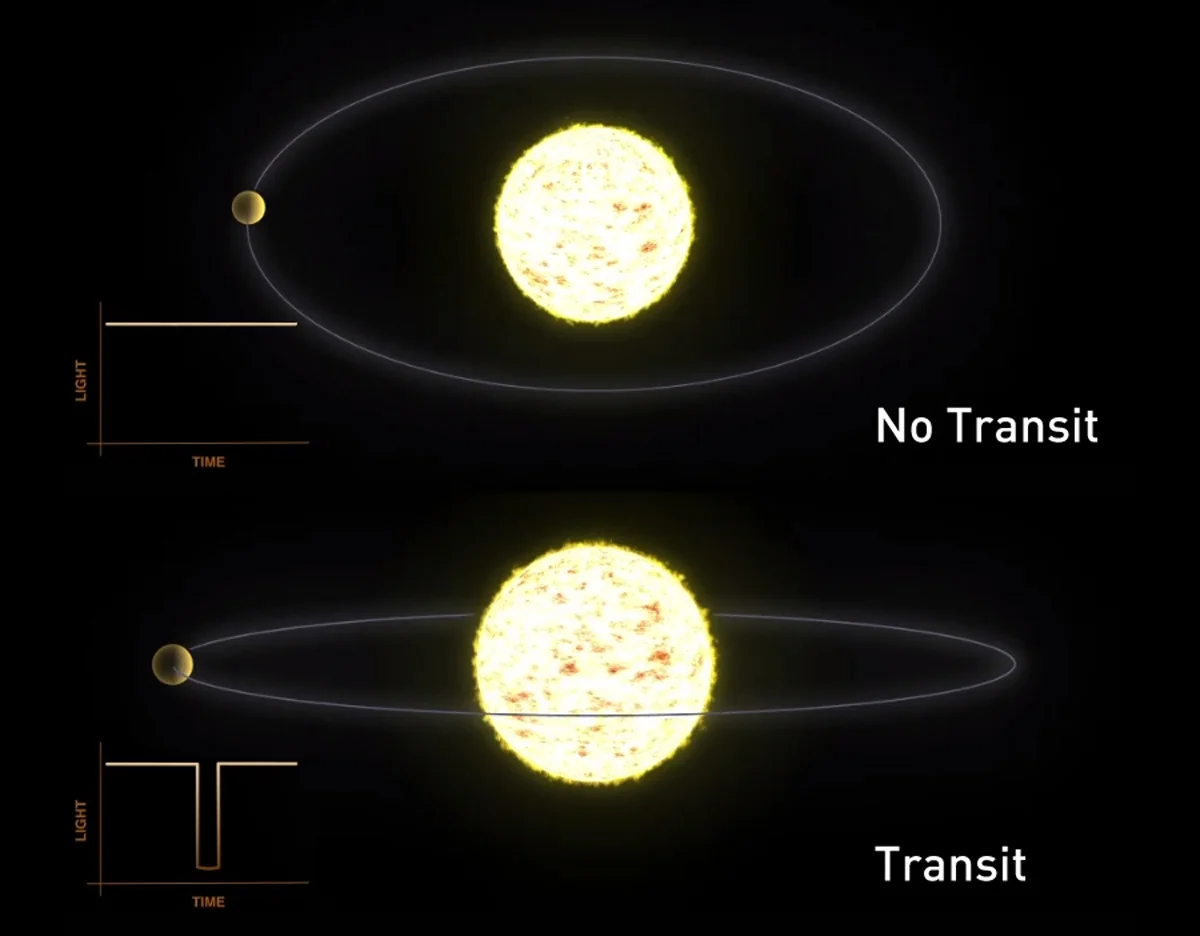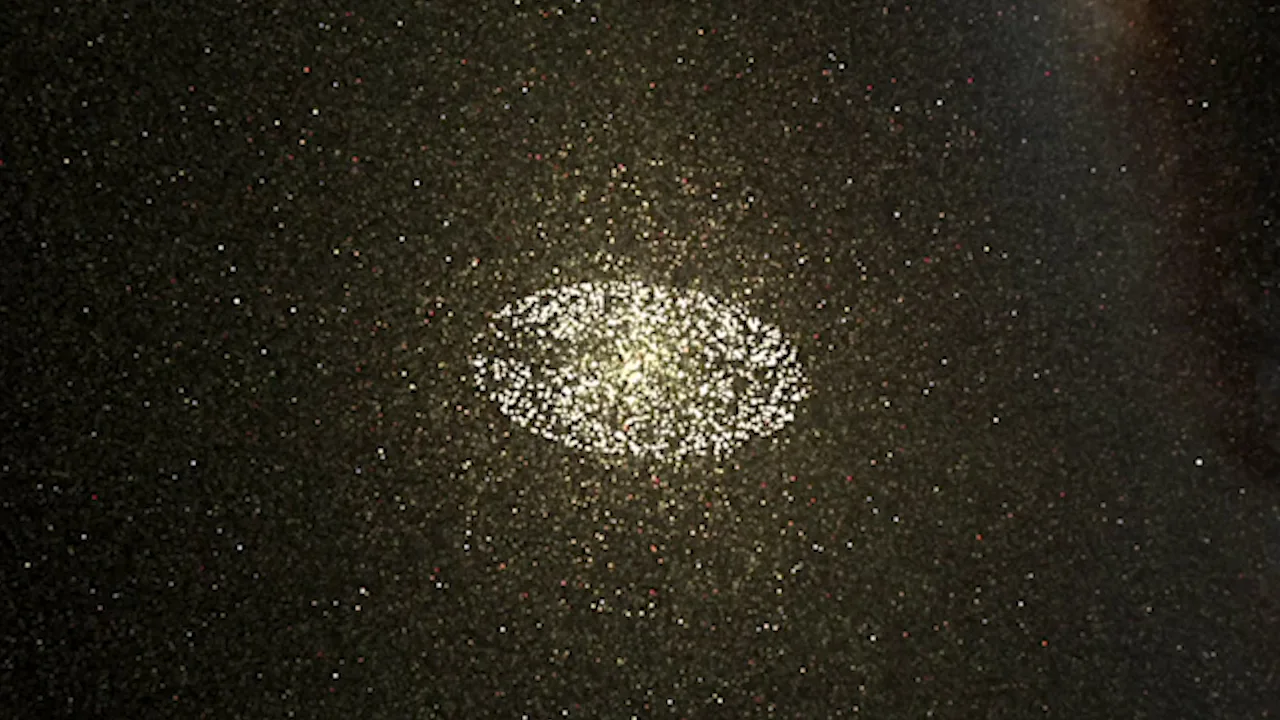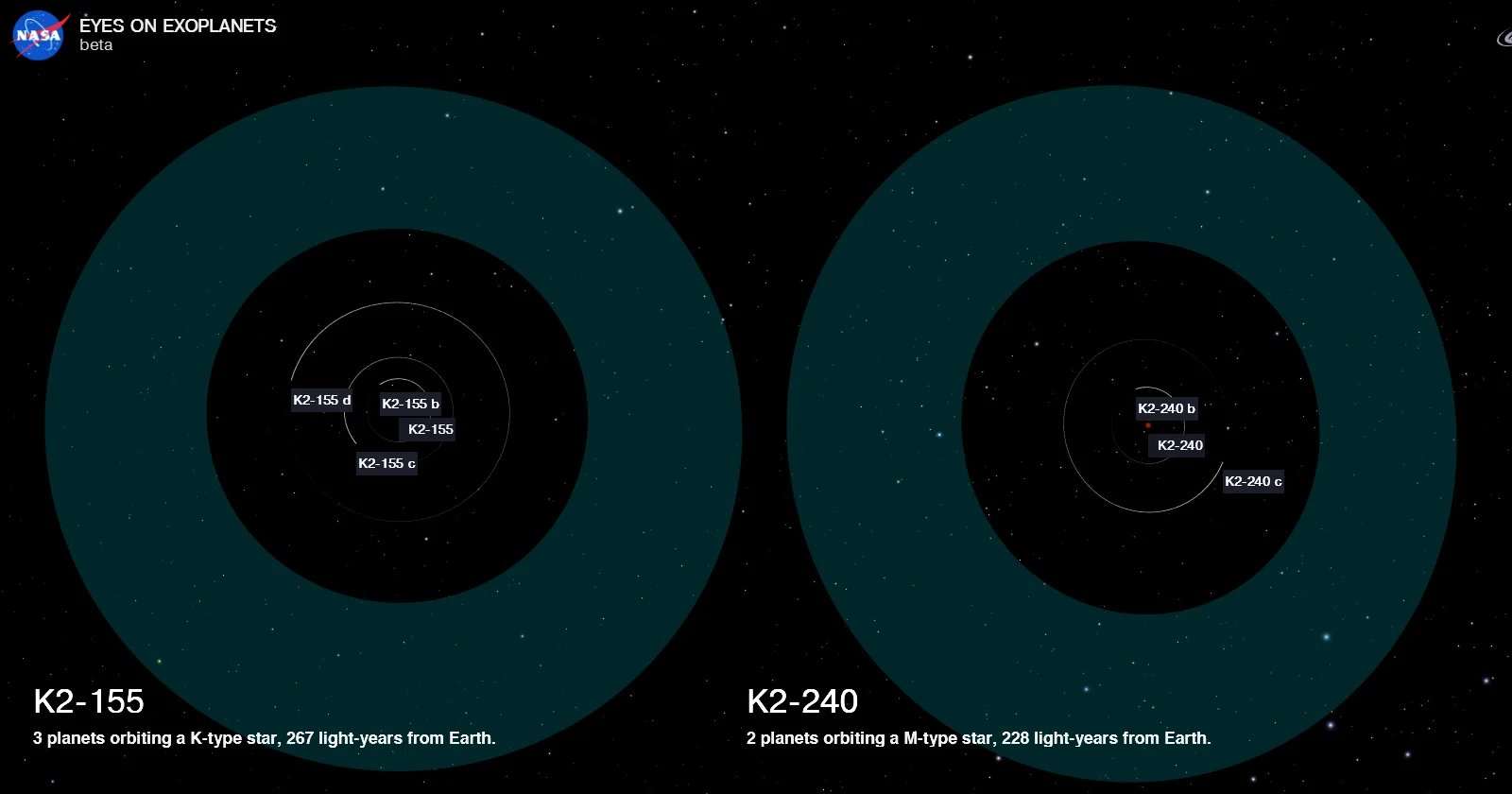
Do aliens know we're here? These 1,000+ nearby stars could detect Earth
Ever feel like you're being watched?
Astronomers have located thousands of alien exoplanets around stars near and far in our galaxy. It won't be too much longer before we're able to find distinct signs of life on some of these worlds. This raises a question, though. If we're finding all these worlds by looking out, who, out there, could be looking back?
In a new research study, two astronomers have turned our perspective back on itself, to map the nearest stars where alien telescopes would be able to spot Earth.
"If we're looking for intelligent life in the universe, that could find us and might want to get in touch, we've just created the star map of where we should look first," Lisa Kaltenegger, the director of Cornell's Carl Sagan Institute, said in a press release.
Kaltenegger, who is the lead author of the study, explains in the video below.
As astronomers look out into the galaxy using telescopes like Kepler and the Transiting Exoplanet Survey Satellite (TESS), they watch the stars for tell-tale dips in brightness known as transits. When they detect one of these transits, it means that there may be a planet orbiting there that we can see pass in front of its star. To date, we've discovered over 3,200 exoplanets this way.
Using the transit method to find exoplanets has its limitations, though. It requires the right timing and perspective. If aliens out there had a telescope pointed at our Sun, they would only see Earth transit briefly, for maybe about 10-12 hours, once every 365 days. They would also need to be looking at us from just the right angle too. Even if they kept a constant vigil on the Sun with their telescope, if their line of sight was too high above or too far below the disk that Earth and the other planets orbit in, they would never see us transit.

This diagram shows how the angle of a planet's orbit around its star impacts the effectiveness of using the transit method to detect it. Credit: NASA Exoplanets
"Only a very small fraction of exoplanets will just happen to be randomly aligned with our line of sight so we can see them transit," said co-author Joshua Pepper, who is an associate professor of physics at Lehigh University. "But all of the thousand stars we identified in our paper in the solar neighbourhood could see our Earth transit the sun, calling their attention."
There are other limiting factors that come into play, as well. Civilizations may only last for so long, which introduces a second, longer 'timing issue' beyond just how long you observe the star. Also, stars are moving around the galaxy all the time, changing their perspective on the stars around them.
For example, Kaltenegger and Pepper mention Teegarden's star, a red dwarf with two known exoplanets, both of which lie within their star's habitable zone. Although this star is not within the Earth Transit Zone now, its motion through the galaxy will apparently bring it into the ETZ in 2044, where it will remain for over 450 years.
In their study, Kaltenegger and Pepper plot out 1,004 stars, surrounding Earth out to a distance of just over 300 light years, that are in what they call the Earth Transit Zone (ETZ). These are at just the right angle from Earth's orbit that we would show up as a transiting exoplanet to an alien telescope similar to Kepler or TESS.

This ring of stars, brightly highlighted among the local group of stars within 300 light years of Earth, are at the right angle and distance to see our planet. Credit: John Munson/Cornell University
Furthermore, these stars are well positioned so that a sufficiently-powerful telescope would be able to characterize Earth's atmosphere. Simply by closely observing our planet as it transits the Sun, they could detect the presence of oxygen, ozone, and methane, revealing that there is biological life on this world.
Of the 1000+ stars they flag in the ETZ, Kaltenegger and Pepper state that we currently know of only two with planets.
NASA's K2 mission for the Kepler Space Telescope found three planets in the K2-155 system, located around 267 light years away. The same part of the mission spotted two planets orbiting the star K2-240, around 228 light years away. According to NASA's Exoplanet Catalog, none of these exoplanets appear to be particularly promising for life as we know it.

This compilation of the K2-155 and K2-240 planetary systems from NASA's Exoplanet Catalog, shows the orbital configuration of these two systems in relation to their stars' habitable zones. Credit: NASA
Still, if even 10 per cent of stars have a rocky world in their habitable zone, Kaltenegger and Pepper noted in their paper, there could be 100 exoplanets among their candidates that are capable of hosting alien life. So, who out there may already know of Earth's existence, and who might know this planet is inhabited? Interstellar distances make it very likely that we'll never meet any of these neighbours, if they're actually out there. Communicating with them would also be a difficult — likely multi-generational — task. Even so, merely knowing that they were out there would change our entire perspective on our place in the universe.
For now, the number of planet-hosting stars among this list of candidates will likely grow as the TESS mission continues to watch the closest stars to Earth. Also, the James Webb Space Telescope — when it finally launches — will become crucial for detecting signs of life on these distant worlds. With this list of stars in hand, if astronomers focus their efforts there, we may discover something remarkable — a neighbour that we could, someday, communicate with.











